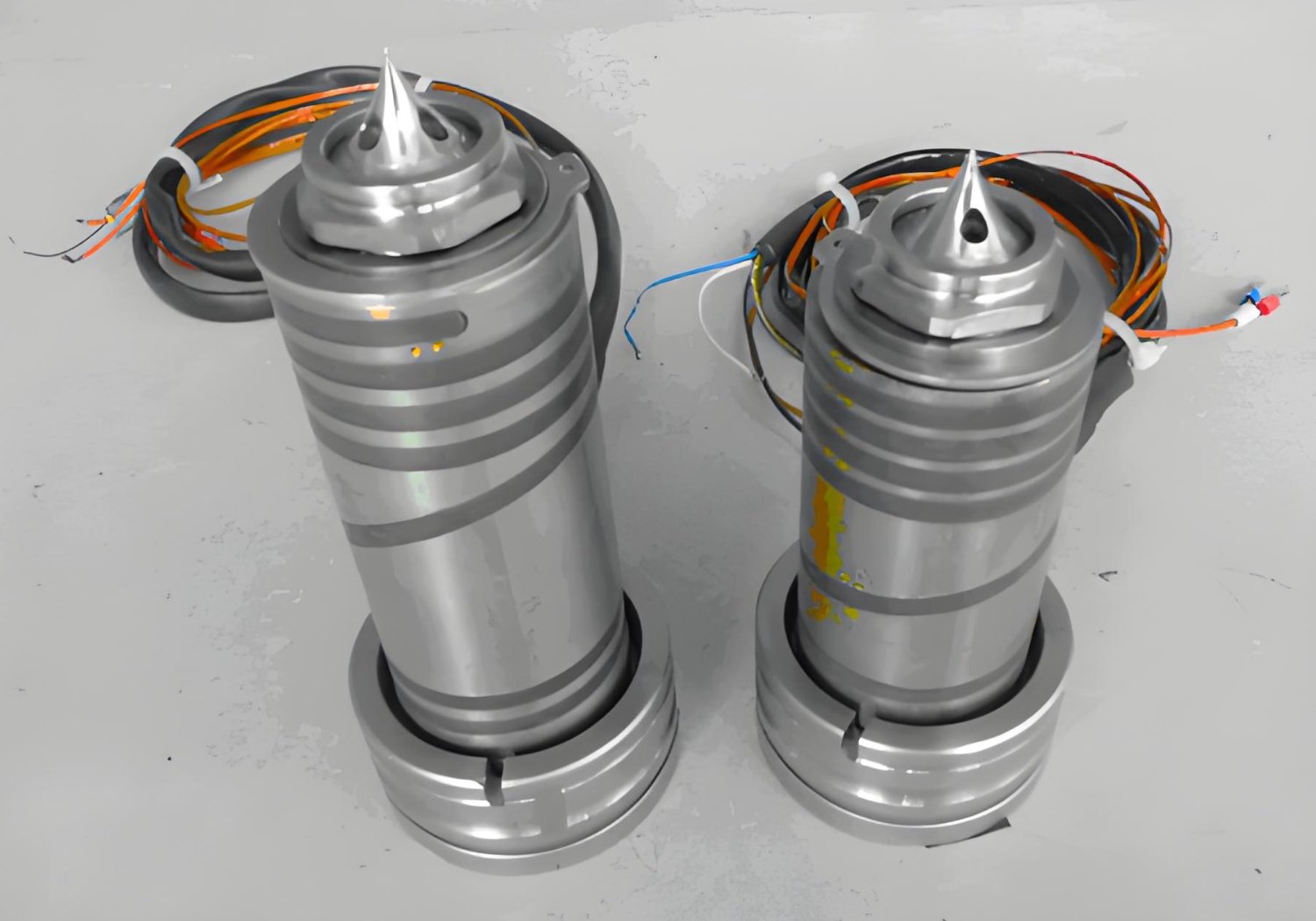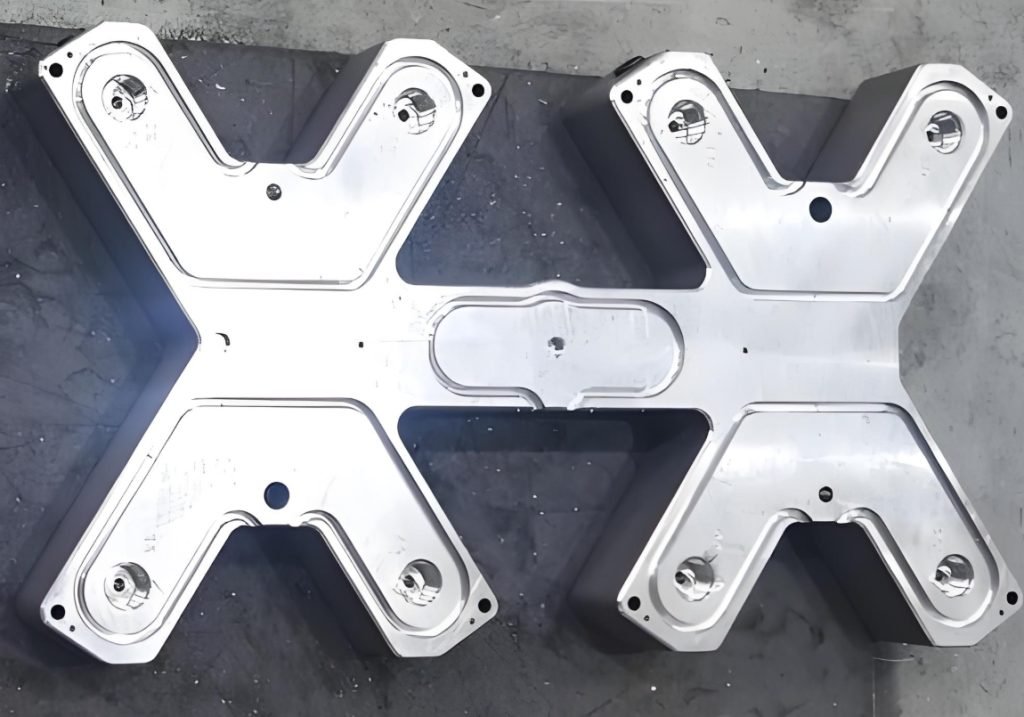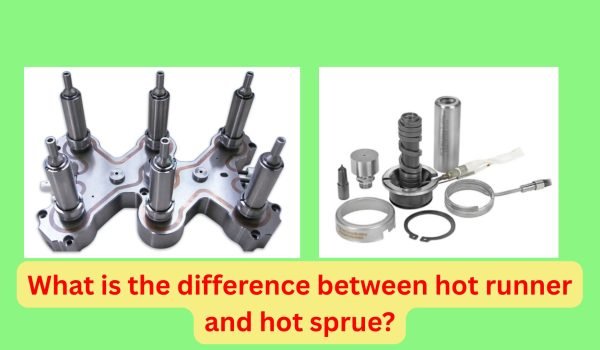Injection molding is a commonly used manufacturing process to produce parts from various materials, particularly plastics. It includes pouring a liquid substance into a mold cavity and cooling down the solidifies used a product. The parts of a mold are crucial in this whole procedure, which also decides the quality and efficiency of the production. In these parts, we will discuss two hot runners and hot sprue. Though both are vital in directing the flow of molten material into the mold, some differences impact the outcome.
In this blog post, we will define the major manufactured differences between a Hot Runner and a Hot Sprue and describe their purpose and significance in producing molds efficiently. We’ll also closely examine the pros and cons of both systems so you’ll know which may be right for your particular needs.

What Is a Hot Runner?
Both hot and cold runner design have their place in an injection nucleotide application. As stated, the Hot Runner system maintains the molten plastic in the molten state. It makes it flow readily from the injection unit into the mold components to fill the mold cavity uniformly.
The Hot Runner is a system of heated channels that feed the molten plastic to each cavity of the mold. These channels keep the temperature constant so that the material does not harden in the flow before it reaches the cavity. Generally, a Hot Runner system is used for multi-cavity molds when a consistent temperature and material flow are required to produce uniform parts.
In contrast to the cold runner system, where the excess plastic cools and solidifies in the runners, in the Hot Runner system, the plastic does not cool and harden in the runner channels. It reduces material waste and enhances the process efficiency. Hot Runner System Applications Hot Runner is primarily used in applications.
What Is a Hot Sprue?
The Hot Sprue refers to a portion of the Hot Runner system that directly connects the injection molding machine and the mold cavity. The Sprue is the opening where the melted material flows into the mold from the injection machine’s nozzle.
The hot Sprue is called a “gate” or “sprue” because this is the first place the plastic travels from the machine into the mold. These ensure the flow of material in a Hot Runner system is kept molten until just before entering the Mold cavity, where early process interruption from premature solidification must be avoided.
One of the key components of a hot runner is the hot Sprue, which eliminates the traditional cold Sprue in the cold runner system, which solidifies after injection and needs to be discarded. A Hot Sprue helps maintain a set temperature, thereby allowing the material to flow properly in the mold cavity. Hot Sprues are usually applied in high-precision molding processes where both efficiency and minimal waste are indispensable.

Key Differences Between Hot Runner and Hot Sprue
Both the Hot Runner only and the Hot Sprue do flow management of molten material going into a mold. Still, they have separate functions with unique results in molding. Let us look at what are the significant points of difference between the two:
Definition and Function
Hot Runner: A hot runner is the whole heated channel system that transports molten plastic from the injection unit to the cavities of a mold. It keeps the plastic molten all the way to the mold, reducing wastage and ensuring uniformity.
Hot Sprue: Unlike the Sprue, the Hot Sprue is part of the Hot Runner system. It is the point in the mold where the molten plastic fills the cavity from the injection unit. The Hot Sprue specifically keeps the material’s temperature and helps move it into the cavity.
Scope and Complexity
Hot Runner: The Hot Runner system is more complex and comprehensive. It consists of a series of heated channels, manifolds, and nozzles that deliver molten material to regions of the mold. These systems require more expensive maintenance but also require precise temperature control, which results in significant efficiency gains.
Hot Sprue: This is a part of the Hot Runner system. It is also where the molten flows in the plastic, ensuring it is still liquid when entering the cavity. Its implementation is simple as compared to the complete Hot Runner system.
Material Waste and Efficiency
Hot Runner: The main advantage of the Hot Runner system is that there is no scrap of material since the plastic is always liquid. A portion of the molten material is re-injected into the parts rather than cooling and solidifying in the runners, thus minimizing wastage and improving overall efficiency.
Hot Sprue: The Hot Sprue reduces waste by keeping the material hot as it flows into the mold. In some instances, the Hot Sprue produces a small amount of scrap material that must be managed carefully.
Customization and Application
Hot Runner: Hot Runner systems are most popular in multi-cavity molds, where they ensure consistent material flow and temperature, leading to uniform parts. Such systems are beneficial for complex components with high precision and quality requirements.
Hot Sprue: Hot Sprue applies in simple and complex mold designs but can be very helpful in systems where molten material must fill the cavity evenly before cooling. It also allows using single-cavity or multi-cavity molds based on the desired product.
Cost and Maintenance
Hot Runner: Hot Runner systems offer advantages for high-volume production but are also more costly than cold runner systems due to their complexity and the need for precise temperature control. They also require more upkeep to ensure the heated channels and nozzles operate correctly.
Hot Sprue: The Hot Sprue itself costs less than the entire Hot Runner system and requires maintenance like any other part of the Hot Runner system. It requires regular cleaning and inspection to prevent material build-up or clogs that will inhibit the molding process.
Benefits of Hot Runner Systems
There is a significant difference between Hot Runners and Hot Sprues. Still, the Hot Runner system has shown several advantages to manufacturers who want to improve the efficiency and quality of their product parts. Some of the key benefits of using a Hot Runner system:

Reduced Waste
In short, the Hot Runner system reduces plastic waste by keeping the molten plastic from cooling in the runner channels. Conventional cold runner systems cannot reuse excess plastic, resulting in more waste. A Hot Runner system minimizes scrap and optimizes material usage by maintaining the material in a molten, reusable state.
Improved Cycle Times
This allows for a rapid melting and injection process, taking repeated cycles with little cooling time to optimize production. Shorter cycle times increase production efficiency and thus decrease costs.
Enhanced Part Quality
Hot Runners provide precise control, ensuring the molded parts’ uniform thickness and material properties. This is critical in applications that need close tolerances, such as automotive or medical components.
Improved Control of Injection Process
On the other hand, cold runners offer better control of the injection process as they allow for maintaining the temperature and pressure of the molten material. − This helps to properly fill the mould cavity, making defects like short shots or incomplete filling less probable.
When to Choose Hot Runner vs. Hot Sprue
Whether to go with a Hot Runner or Hot Sprue system depends on your molding project. A Hot Runner system will be better if you need low waste, efficient cycle times, and high-precision, multi-cavity molds. Alternatively, a Hot Sprue can be a good option when your mould designs are more straightforward and you need to keep the material at the same temperature until injection.
In certain instances, the Hot Sprue is simply part of the more extensive Hot Runner system, so knowledge of both systems can help you make the best choice for your application.
Explore Precision Manufacturing Solutions at Fecision
Fecision knows the importance of choosing the right components for a quality and efficiency-driven injection molding process. Suppose you are trying to determine the differences. In that case, the right choice of alternatives from a Hot Runner vs. Hot Sprue will set your production speed, material efficiency, and part consistency. Every step of the way, from initial concept through prototyping, CNC Machining, Injection Molding, and Mold Tooling, we have the in-house experience to get it right the first time.
Whether you need to enhance your molding process or to have your molds accurately matched to your production demands, we can help with custom solutions. Injection Molding services also feature new technologies for increased flow control, better temperature management, and reduced material waste without sacrificing part quality.
Furthermore, our Mold Tooling solutions focus on manufacturing strong, reliable, and tailored molds for your production process. Hot Runner or Hot Sprue mold to help your manufacturing process be efficient and economical.
We sit on the same side of the table and work with you to deliver creative solutions that get results. We focus on helping you receive the best possible result from your production process and high-quality products every single time.
Final Thoughts
A Hot Runner is an assembly of different components. The Hot Runner System has higher complexity than the Cold Runner System, with more benefits for the production process. Knowing these distinctions will allow you to pick the most appropriate system to address your molding requirements, guaranteeing you achieve high-quality, consistent results with minimal waste.
Fecision provides CNC Machining, Injection Molding, Mold Tooling, and other manufacturing services. Guided by expertise and aided by specialized hardware, all projects are designed with precision and care to deliver high-quality, turnkey, affordable solutions. Contact us today to learn more about how we can help you with your molding process!




